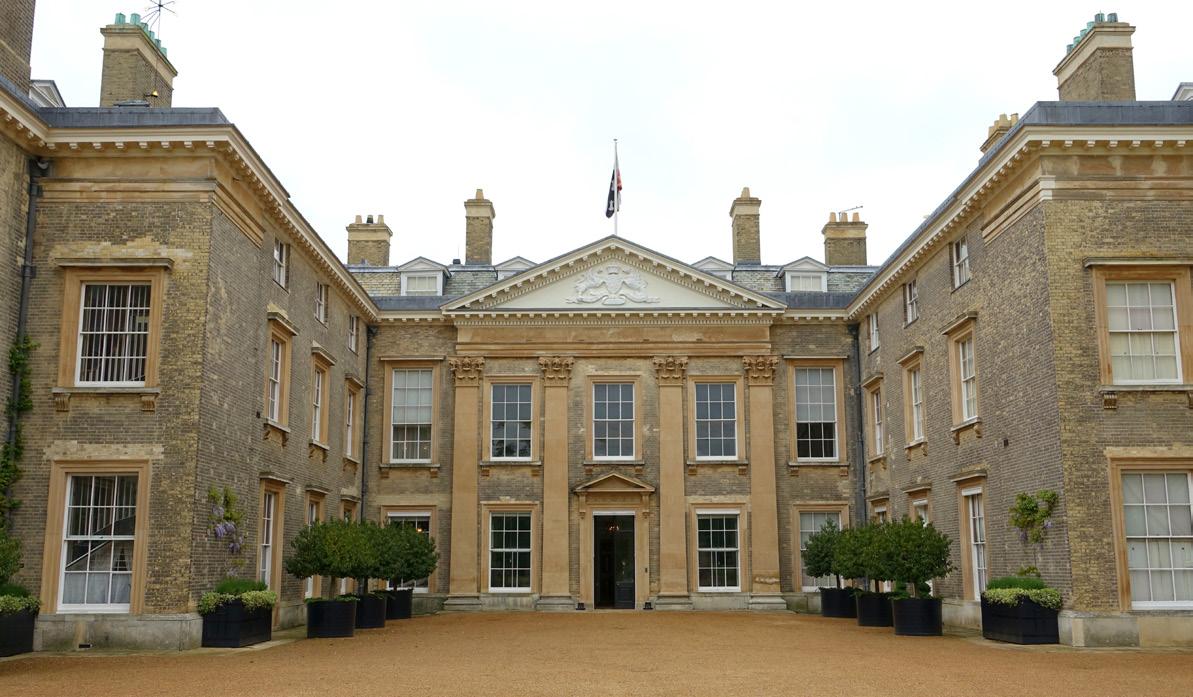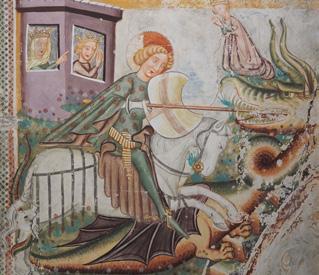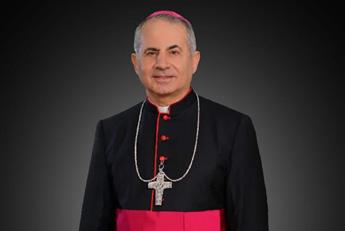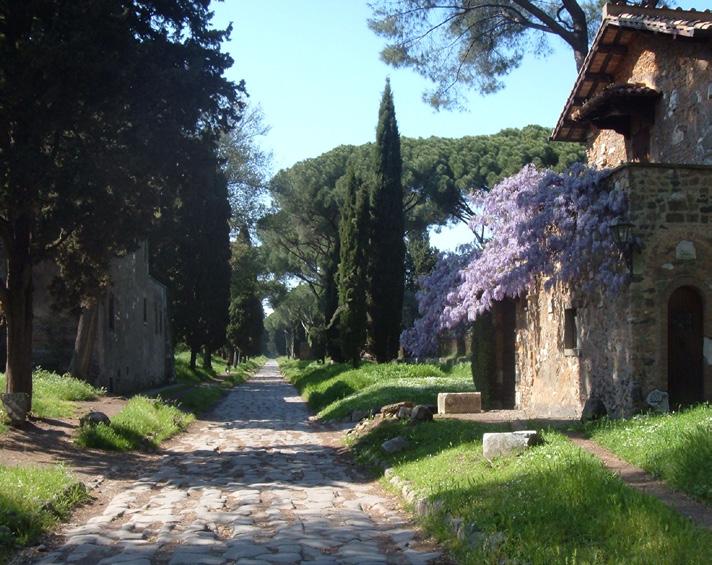
3 minute read
With a Father’s Heart (concluded) by Pope Francis
from Oremus April 2021
With a Father’s Heart
Pope Francis The Holy Father has written an Apostolic Letter on St Joseph to mark the 150th Anniversary of his being declared a patron of the Universal Church. The year from 8 December 2020 to the Solemnity of the Immaculate Conception on 8 December 2021 is to be a Year of St Joseph. The Letter has been published over the three previous editions of Oremus and is here concluded.
When fathers refuse to live the lives of their children for them, new and unexpected vistas open up. Every child is the bearer of a unique mystery that can only be brought to light with the help of a father who respects that child’s freedom. A father who realizes that he is most a father and educator at the point when he becomes ‘useless’, when he sees that his child has become independent and can walk the paths of life unaccompanied. When he becomes like Joseph, who always knew that his child was not his own, but had merely been entrusted to his care. In the end, this is what Jesus would have us understand when he says: ‘Call no man your father on earth, for you have one Father, who is in heaven’ (Mt 23:9). In every exercise of our fatherhood, we should always keep in mind that it has nothing to do with possession, but is rather a ‘sign’ pointing to a greater fatherhood. In a way, we are all like Joseph: a shadow of the heavenly Father, who ‘makes his sun rise on the evil and on the good, and sends rain on the just and on the unjust’ (Mt 5:45). And a shadow that follows his Son.
‘Get up, take the child and his mother’ (Mt 2:13), God told St Joseph. The aim of this Apostolic Letter is to increase our love for this great saint, to encourage us to implore his intercession and to imitate his virtues and his zeal. Indeed, the proper mission of the saints is not only to obtain miracles and graces, but to intercede for us before God, like Abraham and Moses, and like Jesus, the ‘one mediator’ (1 Tim 2:5), who is our ‘advocate’ with the Father (1 Jn 2:1) and who ‘always lives to make intercession for [us]’ (Heb 7:25; cf. Rom 8:34).
The saints help all the faithful ‘to strive for the holiness and the perfection of their particular state of life’. Their lives are concrete proof that it is possible to put the Gospel into practice. Jesus told us: ‘Learn from me, for I am gentle and lowly in heart’ (Mt 11:29). The lives of the saints, too, are examples to be imitated. St Paul explicitly says this: ‘Be imitators of me!’ (1 Cor 4:16). By his eloquent silence, St Joseph says the same. Before the example of so many holy men and women, St Augustine asked himself: ‘What they could do, can you not also do?’ And so he drew closer to his defnitive conversion, when he could exclaim: ‘Late have I loved you, Beauty ever ancient, ever new!’ We need only ask St Joseph for the grace of graces: our conversion. Let us now make our prayer to him: Hail, Guardian of the Redeemer, Spouse of the Blessed Virgin Mary. To you God entrusted his only Son; in you Mary placed her trust; with you Christ became man. Blessed Joseph, to us too, show yourself a father and guide us in the path of life. Obtain for us grace, mercy and courage, and defend us from every evil. Amen. Given in Rome, at St John Lateran, on 8 December, Solemnity of the Immaculate Conception of the Blessed Virgin Mary, in the year 2020, the eighth of my Pontifcate.
This is an unusual image: the border of fowers and the decorated pilasters resemble a scene in an illuminated manuscript. The idea of showing the domestic life of the Holy family is not new – Dürer’s ‘Sojourn of the Holy Family in Egypt’ from the Life of Virgin of 1511, has the Virgin spinning and Joseph at his carpentry. In this painting the Virgin in weaving on a small loom resting on her lap. On the other hand it is unusual to see Joseph holding the sleeping Christ Child. The cult of Joseph the loving father is common during the Counter Reformation, but not at this date. This anonymous painting would seem to be in a German style and to date from the early 16th century; it is diffcult to place it more precisely.










